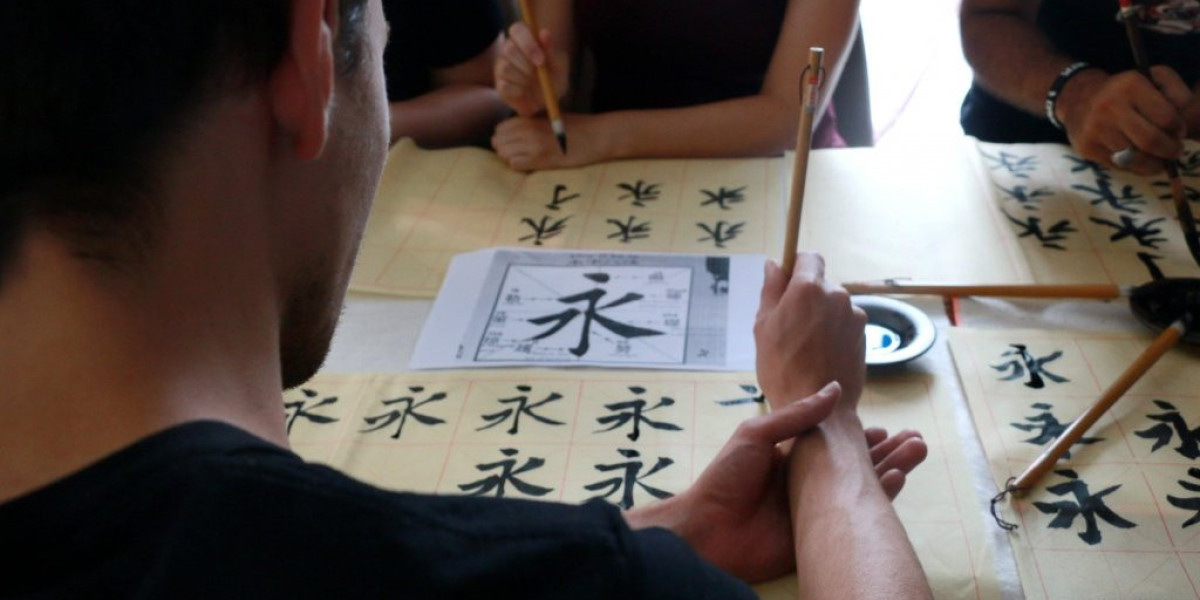When discussing cultural treasures of China, few art forms hold as much prestige and historical depth as calligraphy in China. Unlike many other artistic practices, Chinese calligraphy transcends decorative appeal. It became a direct expression of intellect, morality, and spiritual cultivation. But why did emperors and scholars often rank calligraphy above paintings, sculptures, and even literature?
The answer lies deep in the cultural, political, and philosophical fabric of ancient China. This article will explore the compelling roots of calligraphy in China, examining its role in shaping dynasties, preserving classical thought, and influencing East Asian identity.
Origins of Calligraphy in China
The roots of calligraphy in China date back over 3,000 years, originating during the Shang Dynasty with oracle bone script. These early inscriptions—etched onto turtle shells and ox bones—were not merely communication tools. They formed the earliest narrative of Chinese civilization. Over time, these pictographic characters evolved, reflecting the spiritual and administrative needs of successive dynasties.
By the Han Dynasty (206 BCE – 220 CE), calligraphy had transformed from a means of record-keeping to an aesthetic pursuit. Styles such as Seal Script (Zhuanshu), Clerical Script (Lishu), and later the Regular Script (Kaishu) began to emerge. These were not arbitrary changes; each transition marked broader shifts in governance, society, and philosophy.
Philosophical Backbone of Chinese Calligraphy
Confucianism, Taoism, and later Buddhism each shaped how calligraphy in China was viewed and practiced.
Confucianism emphasized self-cultivation and moral integrity. Calligraphy, being a direct expression of one's character, was considered a moral art. A scholar’s brushwork reflected discipline, education, and virtue.
Taoism, on the other hand, celebrated spontaneity and the natural flow of qi (life energy). This gave rise to more fluid styles like Cursive Script (Caoshu), which captured the emotion and rhythm of the artist.
Thus, calligraphy wasn’t merely about writing well—it was about writing truthfully. The strokes revealed the inner world of the writer. And to an emperor, what better way to judge the quality of a minister than by studying his handwriting?
Political Significance of Calligraphy in China
In ancient China, governance relied heavily on written communication. Memorials to the throne, decrees, and scholarly essays were all handwritten. The quality of a person’s calligraphy could determine their social rank or bureaucratic future.
The Imperial Examination System—used to select officials—placed tremendous emphasis on elegant, clear, and correct script. A candidate might be brilliant, but if his writing lacked grace or discipline, he could be disqualified.
Emperors themselves often practiced calligraphy and encouraged its spread. Some, like Emperor Huizong of the Song Dynasty, developed personal styles that became artistic standards. Calligraphy became a symbol of power, education, and rightful rule.
In fact, imperial seals and calligraphy often accompanied royal artworks, making them official and sacred. The ruling class used calligraphy not only to govern but to cement their cultural superiority.
Calligraphy and Chinese Scholars
The class of literati—scholars, poets, and officials—was the primary guardian of Chinese culture. For them, calligraphy in China wasn’t just an art; it was the highest cultural achievement.
A scholar might not possess wealth, but if he mastered the Four Treasures of the Study—brush, ink, paper, and inkstone—he could gain immense respect. Calligraphy represented both learning and leisure. It bridged the gap between artistic passion and intellectual pursuit.
Many famous calligraphers like Wang Xizhi (known as the Sage of Calligraphy), Yan Zhenqing, and Su Shi came from this elite class. Their works weren’t only preserved but also copied and studied for generations. These figures elevated calligraphy to a nearly sacred level.
Styles That Defined Calligraphy in China
Calligraphy in China is not a monolith—it comprises multiple styles, each echoing different historical periods and artistic intentions:
Seal Script (Zhuanshu): Archaic, used in ancient seals and early inscriptions.
Clerical Script (Lishu): Squared, sturdy strokes developed during the Han Dynasty.
Regular Script (Kaishu): Standardized, clear form used for formal writings.
Running Script (Xingshu): Semi-cursive, combining clarity and speed.
Cursive Script (Caoshu): Expressive, emotional, and sometimes abstract.
Each style carries cultural and emotional weight. A calligrapher’s chosen style could reflect not only technical skill but political leanings, philosophical beliefs, or personal mood.
Cultural Preservation Through Calligraphy
Calligraphy in China has played a pivotal role in cultural preservation. Before the invention of printing, texts were manually copied by calligraphers. This practice ensured the survival of Confucian classics, Buddhist sutras, historical documents, and literary masterpieces.
Temples, palaces, and official buildings often featured calligraphic plaques, slogans, or dedications. Even gravestones and ancestral records used carefully selected characters to immortalize names and achievements.
Calligraphy wasn’t just an art—it was an archival system, a spiritual practice, and a national identity all at once.
Modern Reverence and Global Appeal
Despite technological advances, the cultural value of calligraphy in China remains unshaken. It is still taught in Chinese schools, practiced in art studios, and revered in museums. Calligraphy competitions attract thousands of participants each year, while international exhibitions showcase historical scrolls to global audiences.
Collectors value original pieces from ancient calligraphers, often treating them as national treasures. Ink and brush still remain staples in many traditional households, especially during festivals when auspicious characters are hung on doors.
Moreover, contemporary artists continue to draw from classical calligraphy, blending it with modern techniques to create unique hybrid expressions that captivate younger generations and global art lovers alike.
Final Thoughts
The reason ancient Chinese emperors valued calligraphy more than paintings or sculptures lies in its unique power: it was both an intimate self-portrait and a tool of governance. Calligraphy in China united philosophy, politics, culture, and emotion into each stroke of the brush.
This art form shaped the way knowledge was transmitted, how officials were chosen, and how beauty was defined in Chinese society. Today, it remains not only a bridge to the past but also a living art that continues to inspire, educate, and connect generations.
In every brushstroke, the story of China is told—one character at a time.








